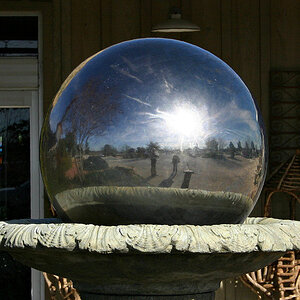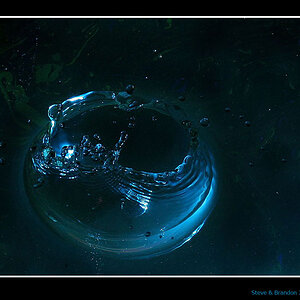sfogel2
TPF Noob!
Hi, all...
I would like some advice, please, on how to balance all the tradeoffs when shooting a group indoors.
How do you balance these tradeoffs?
Any advice would be welcome.
Steve
I would like some advice, please, on how to balance all the tradeoffs when shooting a group indoors.
- The scene: 8 high school girls dressed up for homecoming dance.
- The victim: Dad, trying to get the best indoor shots of the group
- The equipment: Canon EOS Rebel T2i, 18-135mm f/3.5-5.6 USM IS lens, Speedlite 580EXII with diffuser
- The settings: Av mode, f/11, ISO 400, 1/60sec (Custom flash setting for Av = 1/60 to 1/200
How do you balance these tradeoffs?
- Shutter speed needs to be faster than 1/30 to avoid camera shake
- ISO must be kept low to avoid noise
- Aperture must be f/8 or narrower to keep everyone in focus
- Want as much ambient light as possible to avoid glare
Any advice would be welcome.
Steve


![[No title]](/data/xfmg/thumbnail/42/42470-d80cbcbbacb42bbe46ac0a0f6fcb20e0.jpg?1619740193)
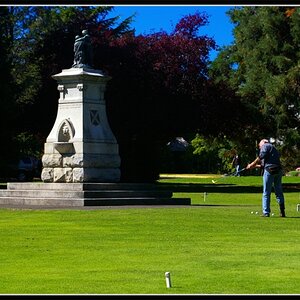
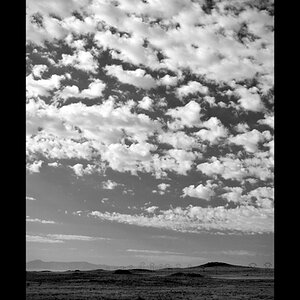
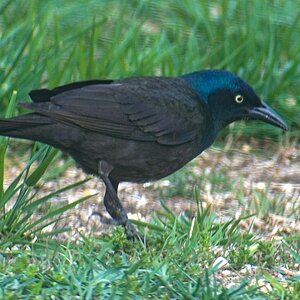
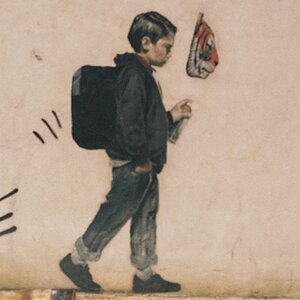
![[No title]](/data/xfmg/thumbnail/36/36393-86ce601930c671b92b6df002b7fcbd0b.jpg?1619737548)
![[No title]](/data/xfmg/thumbnail/42/42468-f720ff996eb9cc6554c0019901223156.jpg?1619740193)
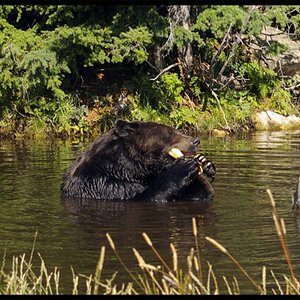
![[No title]](/data/xfmg/thumbnail/42/42471-71fb529e01fae8170cc2a98655bd05e7.jpg?1619740193)
